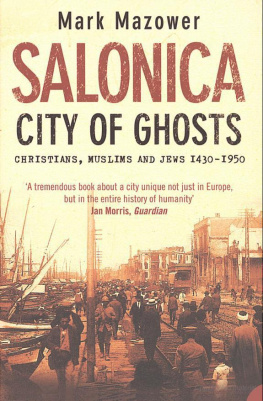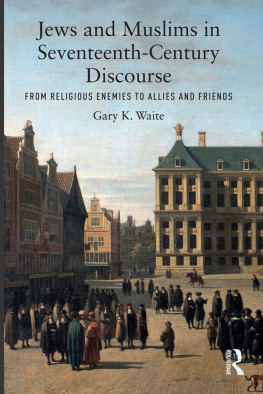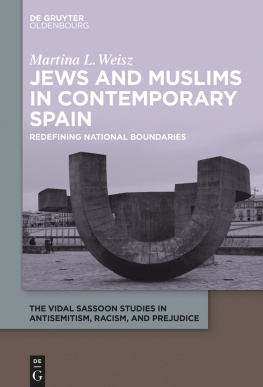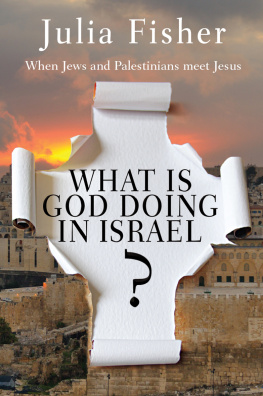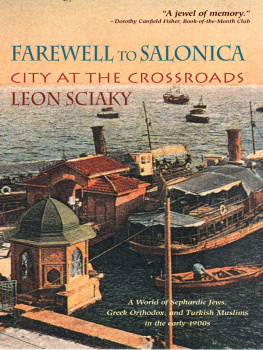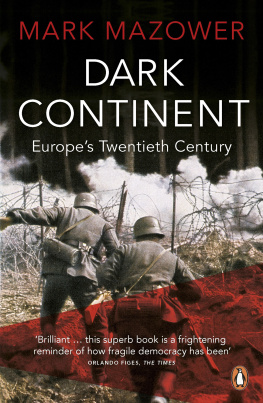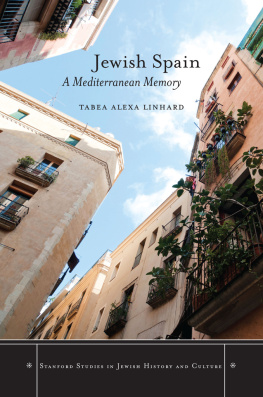Acknowledgements
I N THE TWENTY YEARS I have been working on this project, I have been helped by so many people that I fear I may not remember them all. To everyone who has discussed their experiences of the city with me, provided me with documents, advice or support, I am deeply indebted. In particular I would like to thank the following: Miko Alvo, Georgios Angelopoulos, Albertos and Leon Arouch, Efi Avdela, Rika Benveniste, Moise Bourlas, Steve Bowman, Peter Brown, John Campbell, Jean Carasso, Richard Clogg, Erika Counio-Amariglio, the late Nancy Crawshaw, the late Mando Dalianis, Nicholas De Lange, Katy Fleming, Ben Fortna, Norman Gilbertson, Eyal Ginio, Jacqueline Golden, Dimitri Gondicas, Vasilis Gounaris, Ashbel Green, Eleni Haidia, Bill Hamilton, Rene Hirschon, Elliott Horowitz, the late Judith Humphrey, Sukru Ilicak, Cemal Kafadar, Mike Keeley, Nikos Kokantzis, Toga Koker, John Koliopoulos, Basil Kontis, Kostas Kostis, Antonis Liakos, Heath and Demet Lowry, Rena and Meir Molho, Yannis Mourellos, Barbara Politi and Walter Lummerding, Maria Seremetis, Nikos Stavroulakis, Charles Stewart, Alexandre Toumarkine, Karen van Dyck, Maria Vassilikou, Mike Vogel, Johanna Weber, Maria Wojnicka, Andrew Wylie and Onur Yildirim.
Mike Fishwick has been from the outset a wonderfully enthusiastic and supportive editor. Thanks to him, Vera Brice and Kate Hyde, I felt in good hands. Maria Vassilikou, Bea Lewkowicz, Bernard Pierron, Rena Molho, Dimitris Livanios and Iakovos Mihailidis were kind enough to provide me with copies of their unpublished dissertations. In Athens, Aegina and Tinos, Fay Zika, Haris Vlavianos and Katerina Schina have made Greece a home from home. I must also acknowledge a debt to the extraordinary array of devoted scholarsamong them Alexandra Karadimou-Yerolympou, Georgios Anastassiadis, Vasilis Colonnas, Vasilis Dimitriades, Evangelos Hekimoglou, Rena Molho, Albertos Nar, Sakis Serefas, and the late Kostas Tomanaswhose writings have done so much to bring the city to life.
I am grateful for their assistance to the librarians of the following institutions: the Institute for Balkan Studies, the Centre for the History of the City of Thessaloniki, the Newspaper Library in the Thessaloniki Municipal Library, the Historical Archives of Macedonia; in Athens, the Greek Literary and Historical Archives (ELIA), the Archive of Contemporary Social History (ASKI), the Newspaper Library, the Gennadios Library, the Jewish Museum of Greece and the Central Board of Jewish Communities of Greece; in London, the Public Record Office, the School of Oriental and African Studies, Birkbeck College London and the Wiener Library; in the USA, the American Joint Distribution Committee and the United Nations, as well as the university librarians at Berkeley, Princeton, Columbia and Harvard. My research was also supported by the Central Research Fund of the University of London.
Among those who read drafts and gave me the benefit of their scholarly expertise, I would like to thank Fred Anscombe, Selim Deringil, Ben Fortna and Heath Lowry for helpful counsel on matters Ottoman and their patience with an interloper. Philip Carabott, Vasilis Gounaris and Dimitris Livanios made many valuable comments, corrections and suggestions and helped me with their deep knowledge of the Balkan context and contemporary Greece: I thank them for the time and attention they generously gave me. Nikos Stavroulakis gave me precious guidance on the complexities of Marrano and Mamin identities, not to mention food. My parents, Bill and Miriam Mazower, and my grandmother, Ruth Shaffer, read the early chapters closely for style and were both critical and supportive. And I am hugely indebted, not for the first time, to Peter Mandler, for ploughing through the entire manuscript and giving me the benefit of his encouragement, thoughtfulness and invaluable critical eye. Above all, I would like to express my deep gratitude to Marwa Elshakry, who, despite living with the subject for much longer than anyone would consider reasonable, never betrayed impatience at hearing yet another story about Salonica, being shown another document or driven down another side-street. Her challenging suggestions and queries opened up exciting new perspectives for me. What is more, she went rigorously through the text line by line, and made innumerable scholarly and stylistic improvements. In this as in everything else, I owe her more than I can put into words. This book is dedicated to her with the authors love.
ALSO BY MARK MAZOWER
The Balkans: A Short History
Inside Hitlers Greece: The Experience of Occupation, 19411944
Dark Continent: Europes Twentieth Century

MARK MAZOWER
Salonica, City of Ghosts
Mark Mazower is professor of history at Columbia University and Birkbeck College, London. His books include Dark Continent: Europes Twentieth Century and Inside Hitlers Greece: The Experience of Occupation, 194144, winner of the Fraenkel Prize in Contemporary History and the Longman/History Today Award for Book of the Year. He lives in New York City.
Conclusion
The Memory of the Dead
We are turned to hollow bones, shall we be restored to life? A fruitless transformation!
Q URAN
B EFORE THE F IRST W ORLD W AR , the dead were to be found, not only in the weed-strewn cemeteries which lined the approaches to the walls, but also within the city itself, crammed into the small railed enclosure by the Saatli Djami, under the trees of the Vlatadon monastery, in dervish turbes and roofed family mausoleums on street corners. A tiny graveyard of richly carved turbaned tombs stood near the Hamza Bey mosque, surrounded by pastry-shops, watch-menders, bakeries and general stores in the busy commercial quarter where the Kapali arsithe main shopping arcademet the old Bezesten. When they drew water at the fountain, or entered their church, mosque or hamam, the living saw inscriptions which reminded them of how much they owed to those who had gone before them. But they remembered them too in public pilgrimages to the cemetery like the Jewish Ziyara grande which took place thirteen days before Yom Kippur. Women paid visits to their relatives graves to pray for domestic advice and tied small pieces of paper or ribbons to tomb railings.
The dead, with their powers and demands, thus formed part of the world of the living. When a rabbi died, a note was often placed in his hand prior to burial asking for some important favour from God: this was done when Rabbi Levi Gattegno passed away in the middle of a dry spell, and the rains came within hours. Bodies which had not decomposed indicated the presence of a restless spirit; bodies laid the wrong way or face down would rest uneasily in the ground. Sometimes tombs were re-opened to check that all was well. But people also visited
In the middle of the nineteenth century, however, the dead and the living began to move apart. Following the 1866 International Sanitary Conference in Istanbul, Ottoman regulations proscribed burial within the capital. Graveyards had to be moved to a sufficient distance from the walls to avoid their putrid emanations endangering public health. Similar measures were introduced in Salonica, and the occupants of some of the small neighbourhood graveyards within the city were incorporated in the larger ones outside. City burial became an exclusive matter: only spiritual leaders could still be buried in their places of worship, a privilege which was sometimes extended to religious benefactors as well. Was this a mark of honour for these men of distinction, or a sign that their remains radiated a special power that helped those living among them?

